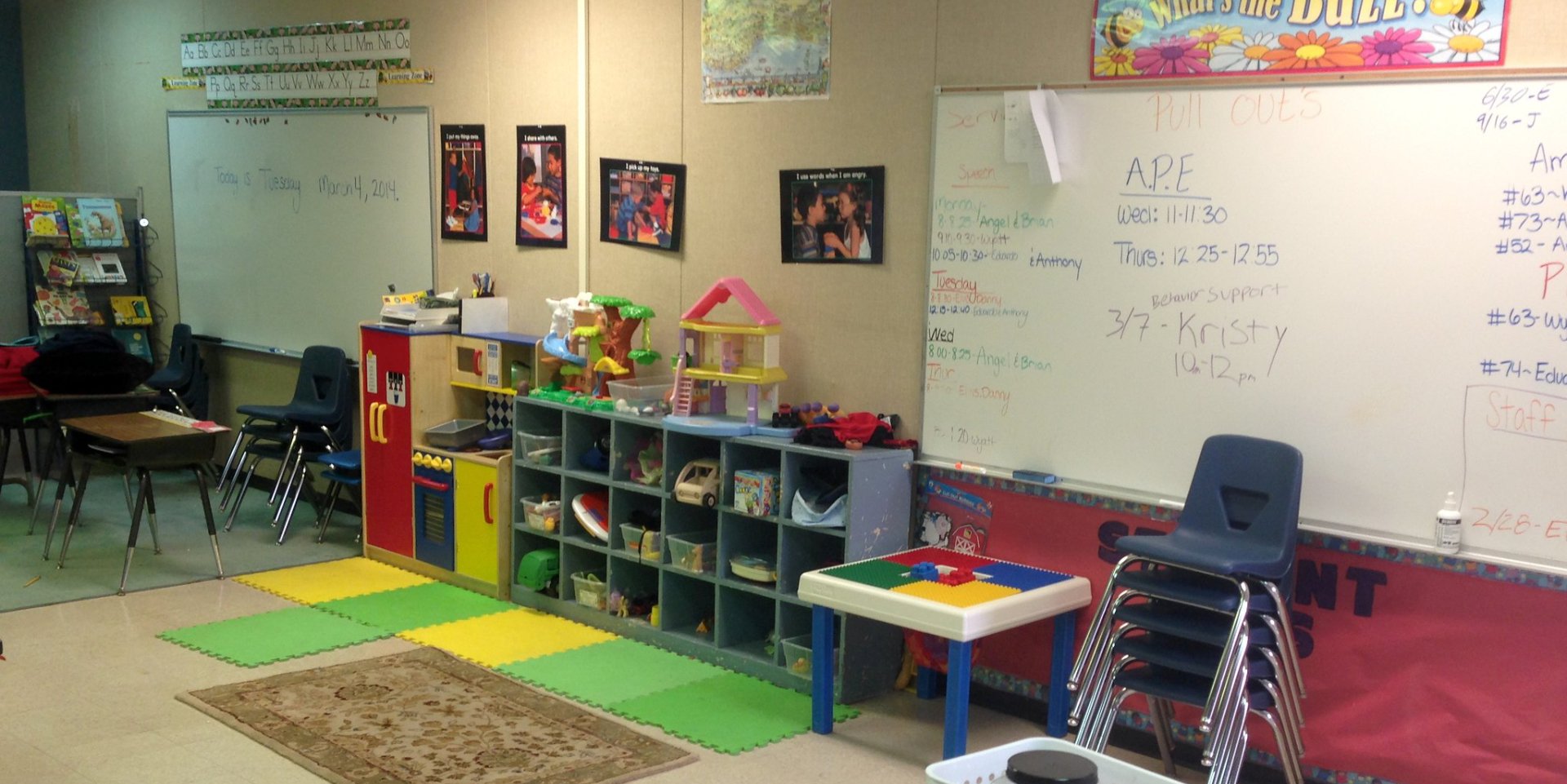Education comparisons between the OECD member countries shows what needs to change on the Isle of Wight, says Peter Shreeve, Assistant District Secretary of the National Education Union.
Commenting on the Organisation for Economic Co-operation and Development (OECD) latest ‘Education at a Glance’ study, Mr Shreeve said,
“England’s schools have the largest primary class sizes in Europe. The OECD study shows the UK has the third highest of the 38 countries, behind only Chile and Japan.
“Our ratio of pupils to teachers is the fifth highest behind only India, Mexico, Colombia and Brazil. More pupils per class means less individual support for pupils.”
Widespread shortage of well-qualified teachers
He went on to add,
“In both primary and secondary, the UK has the second lowest share of experienced teachers (aged 50+).
“Moreover, we have a disproportionate percentage of teachers under 30 – some 21 percent. That’s double both the OECD and EU average. Consider too, huge numbers of teachers leave within five years of qualifying and more experienced teachers depart citing burnout.”
How to bring class sizes down amid closure plans
Turning to the Island’s situation, Mr Shreeve said,
“Councillor Jonathan Bacon, cabinet member for children’s services, has previously said: ‘Our results are extremely poor in comparison to other areas and have been for many years. We must do better. The first step is to acknowledge the problem … serious structural challenges’.
“The OECD has indicated a key structural challenge and how to create a successful, education system.
“If some primary schools do close, we could ensure our well qualified staff — support and teaching — are guaranteed a post in another school. By doing so, we could bring class sizes down.
“With nearly 1 in 4 pupils having special needs, the impact would be so beneficial of all our pupil’s well-being and learning too.”





